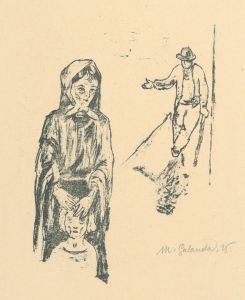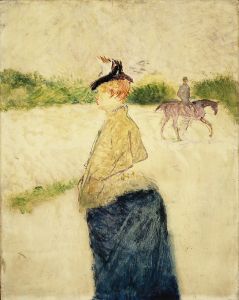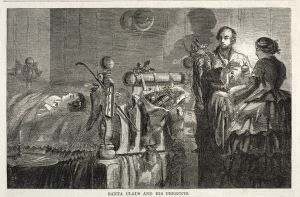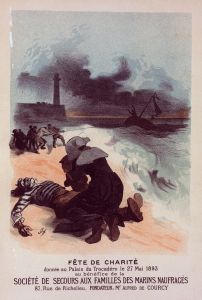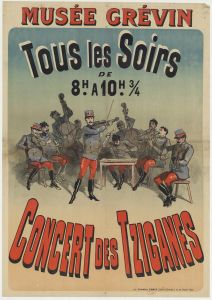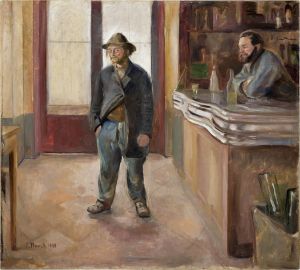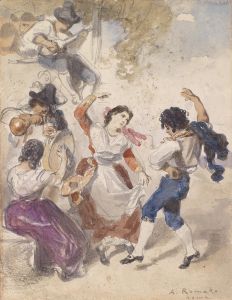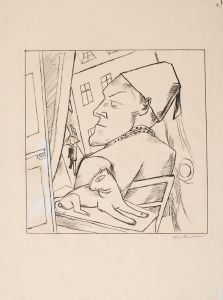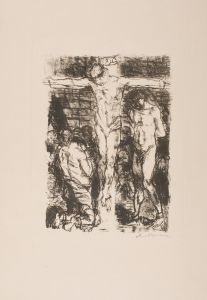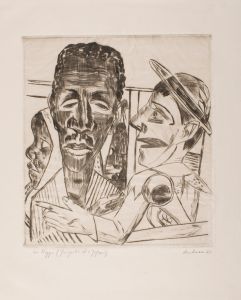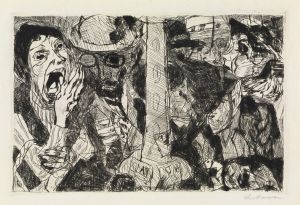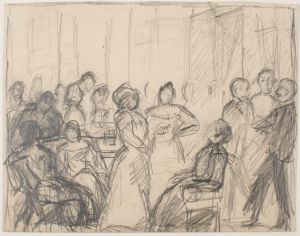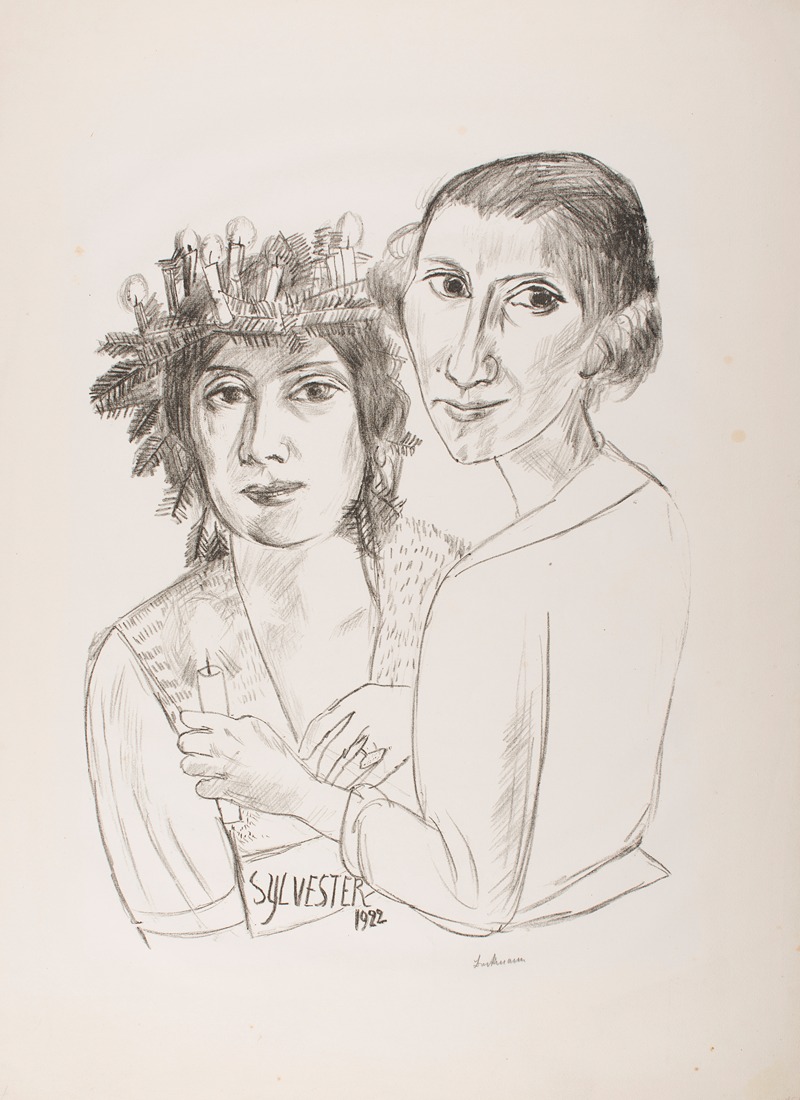
New Year’s Eve
A hand-painted replica of Max Beckmann’s masterpiece New Year’s Eve, meticulously crafted by professional artists to capture the true essence of the original. Each piece is created with museum-quality canvas and rare mineral pigments, carefully painted by experienced artists with delicate brushstrokes and rich, layered colors to perfectly recreate the texture of the original artwork. Unlike machine-printed reproductions, this hand-painted version brings the painting to life, infused with the artist’s emotions and skill in every stroke. Whether for personal collection or home decoration, it instantly elevates the artistic atmosphere of any space.
Max Beckmann's painting "New Year’s Eve" is a significant work by the German painter, known for his contributions to the Expressionist movement. Created in 1929, this painting is a vivid example of Beckmann's complex style and thematic depth, reflecting the social and political turbulence of the Weimar Republic era in Germany.
"New Year’s Eve" is an oil on canvas painting that captures a scene filled with symbolic imagery and emotional intensity. Beckmann often used his art to explore themes of existentialism, human suffering, and the chaotic nature of modern life, and this painting is no exception. The composition is dense and crowded, featuring a variety of figures and objects that seem to be in a state of flux, which is characteristic of Beckmann's work during this period.
The painting depicts a gathering of people in an interior space, possibly a party or social event, which is suggested by the title "New Year’s Eve." The figures in the painting are rendered in Beckmann's distinctive style, with bold outlines and a somewhat distorted form that conveys a sense of tension and unease. The use of color is striking, with a palette that includes deep reds, blacks, and yellows, contributing to the dramatic atmosphere of the scene.
Beckmann's work often includes autobiographical elements, and "New Year’s Eve" may reflect his own experiences and observations of society. The late 1920s were a time of significant change and uncertainty in Germany, with economic instability and political upheaval. These societal conditions are mirrored in the painting's chaotic and somewhat disorienting composition.
The figures in "New Year’s Eve" are engaged in various activities, and their interactions suggest a narrative that is open to interpretation. Some art historians have noted that the painting could be seen as a commentary on the decadence and moral ambiguity of the time, a theme that Beckmann explored in other works as well. The expressions and postures of the figures convey a range of emotions, from celebration to introspection, adding to the painting's complexity.
Max Beckmann's "New Year’s Eve" is housed in the collection of the Kunsthalle Hamburg in Germany. It remains an important piece within Beckmann's oeuvre and is frequently studied for its artistic and historical significance. The painting exemplifies Beckmann's ability to capture the spirit of his age through a unique blend of realism and abstraction, making it a compelling subject for both art enthusiasts and scholars.
Overall, "New Year’s Eve" is a testament to Beckmann's skill as an artist and his keen insight into the human condition. Through its intricate composition and evocative imagery, the painting continues to resonate with audiences, offering a window into the complexities of life during a pivotal moment in history.





